A recent project included a tricky roof area with large valleys, a flat roof overflow issues, a leaf problem, and a major ice dam problem. Lots of issues to deal with!
Let's start with the existing heater cables. Poorly done with many serious issues like overlapping heater cables -not good as they could overheat.
Hard to believe but it's in a knot!
It has an existing auto turn on device that was relatively new so we will remove and test to confirm they are working properly.
We will upgrade these eavestroughs to 6 inch and include a leaf guard.
6 inch eavestrough will help deal with the large roof area that drains into this valley. We choose 6 inch eavestrough for its capacity but mainly because it gives the T-Rex leaf guard more surface area to drain into the eavestrough. This can be helpful in problem valleys that have high volume plus lots of leaves.
A view from the ground. We will reconfigure the downspouts slightly to make this simpler and work perfectly.
With out a leaf guard you will have the potential for clogged downspouts like this one. We find clogs that have been in place for years and homeowners wonder why they are having overflows.
Heater cables are not really designed for a flat roof but this job required some due to unique circumstances. We will secure our new cables so they are more effective with out fastening through the roof.
Heater cables need to plug into a ground fault protected plug. This is code. Running extension cords is not recommended by the manufacturer and the Scarborough homeowner was made aware of the need for a plug here and not an extension cord.
.JPG) |
| Incorrect - Power must come from GFI outlet not extension cord |
A proper GFI plug will have a reset button in between the two plug ins. This one does not. It's important to find out if this plug has been GFI protected at the panel as this is another way of making this plug up to code. If you are not sure you may want to contact your electrician. This is important because a heater cable without GFI will not turn off in the event of a short and could cause a fire.
Also make sure that this plug is dedicated with a 15 amp breaker if you are running a large heater cable. This is because large cables will use 1200 watts of power and anything else added to this rate of consumption will overload the circuit and trip the breaker.
We removed the roof sensor and tested it in a bowl of ice water. The wire has to be wet and cold before it will turn on. This sometimes takes a few minutes.
You can pick one of these up at Canadian Tire or Lowes and they work well in most situations. You can also buy the heater cables there as well. They are good bang for the buck as commercial cables are much more costly.
Once the Roof Sentry registered the cold and wet of the bowl, the light came on which means you will be getting power to your heater cable if it was plugged into this. It's a good idea to mount this box out of the elements and position it in a way so you can see the light. This will give you an idea of how often your cables are powered up. If you're trying to conserve energy you may want to run your cables manually as this sensor often stays on for longer than may be necessary.
After we removed all the old system we installed the new 6 inch gutter with a hidden bracket.
.JPG)
We then applied the leaf guard. This time we used the Gutter Clean version of the Alu-Rex products.
It's important to fold up the endcap and seal the leaf guard to it. This creates a good seal and a small dam which prevents water from spilling over the endcaps in a heavy rain.
You can see from up above that this is a large valley area funneling into a small eavestrough area.
The new heater cable was run almost all the way to the top of the valley for extra protection.
Never fasten into a low slope or flat roof membrane in any way. A dab of caulk will hold the heater cable clip in place and not require any fastener.
It's important to make sure no wires are overlapping and are secured down to the leaf guard with cable clips. Over the years, we have determined that it is not essential to go under the leaf guard. The Roof Sentry ice sensor is the braided cable in the centre and extends up the valley a few feet. Make sure this sensor cable is in your ice problem area or the cables will not turn on at the right times or may not turn on at all.
A very unique situation here where the cable has to go down to the the lower flat roof and eavestrough. Always keep cables away from wood or anything combustible.
Heater cables must go under the leaf guard at the downspout. All downspouts must be traced all the way to the bottom as not to get a back up of water as the cables melt snow off the roof.
On a lower small flat roof, a rock is holding a heater cable clip until the caulking sets up.
Any vunerable nooks should be heated to be safe. Any areas that will hold a lot of snow will most likely get a lot of ice build up as the heat from inside the home comes up through the roof.
A blower is used to clean off all debris and leaves. Make sure, each fall, that all the leaves are cleaned away from the heater cables to reduce the risk of combustion.
All of the XL size 3.5 inch by 3.5 inch downpipes are traced with heater cables. A project like this used about 160 feet of cable and is quite a challenge to figure out exactly which length is reqiured. A good tip is to leave fudge room for the upper valleys where the cable can be adjusted more or less without creating a problem. Still best to do some math and calculate the best length before you start fastening any cable.
This North York home is now ready for the freeze and thaw of a Toronto winter.
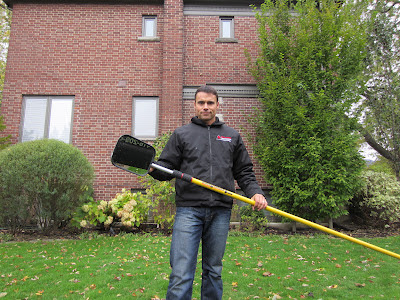






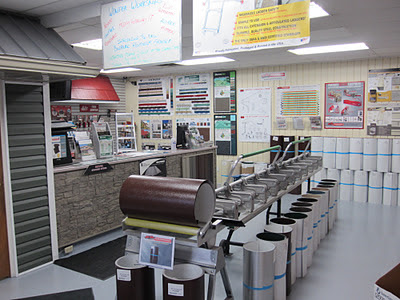
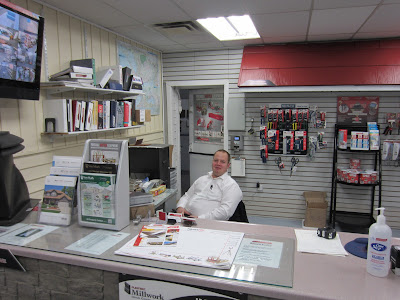


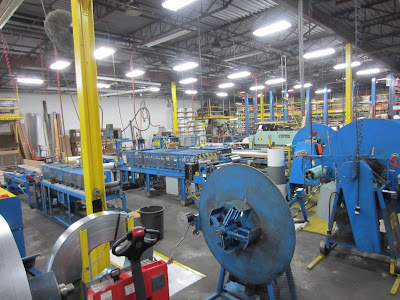
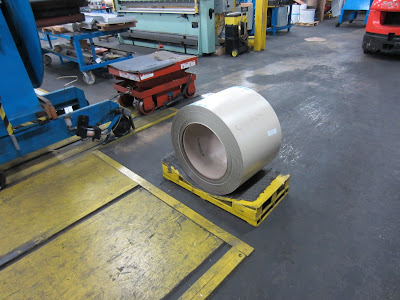

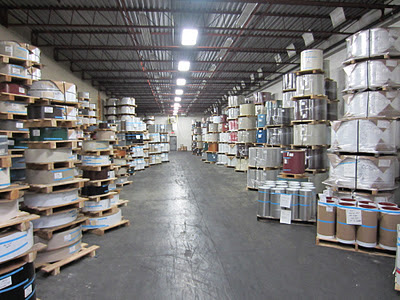
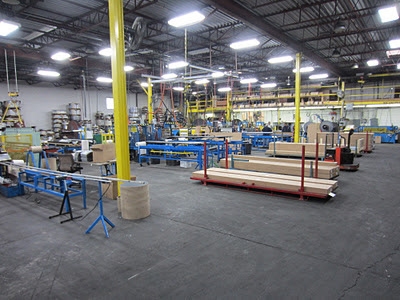






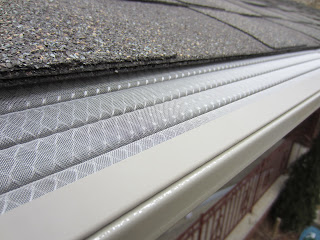
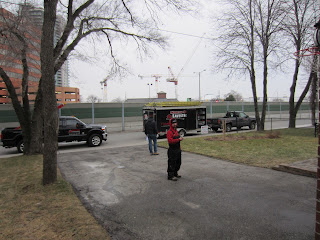
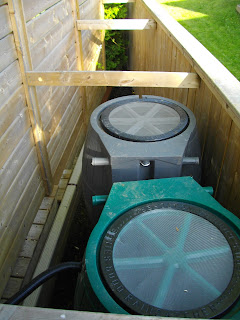



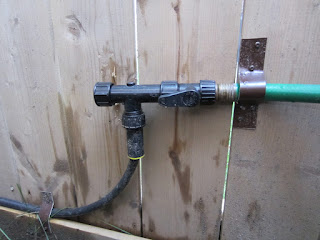


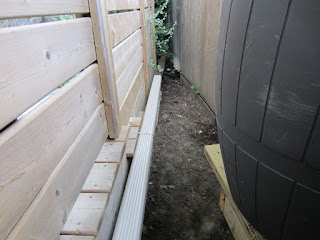



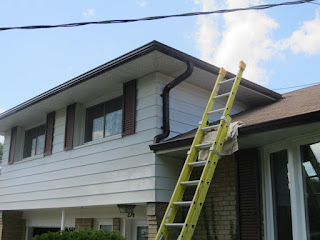







.JPG)
.JPG)
.JPG)
.JPG)
.JPG)
.JPG)
.JPG)
.JPG)
.JPG)
.JPG)
.JPG)
.JPG)
.JPG)
.JPG)
.JPG)


.JPG)
.JPG)
.JPG)
.JPG)
.JPG)
.JPG)
.JPG)